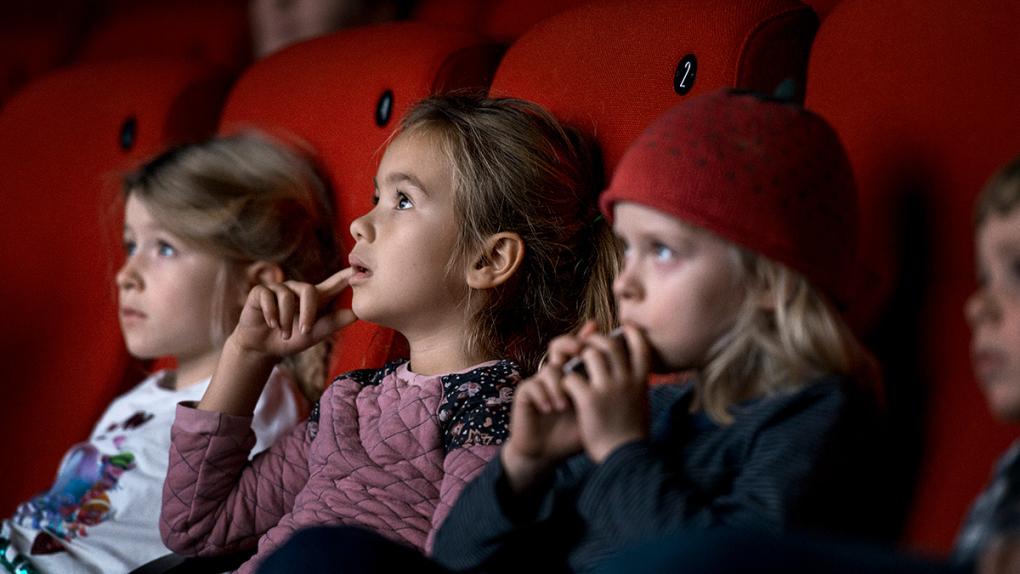Around 80,000 children and young people in Denmark, the UK and Germany have participated in a project focusing on film and integration.
Entitled 'Film: A Language without Borders', the project examines how film, with its universal language, can help break down boundaries, prejudices and cultural barriers. Part of the project is a research report containing a number of clear-cut conclusions indicating that films have great potential to strengthen integration and cultural understanding.
The young audiences participating in the project watched a selection of European films and worked with the films in school. Subsequently, a representative sample of children and teachers were interviewed, or they responded to questionnaires.
The conclusions of the project, compiled in a newly published final report, indicate that:
- The audio-visual language of film is universal and independent of language skills.
The film medium works well in groups with a mix of linguistically strong and weak students, since everyone understands storytelling. The children get a common experience regardless of their linguistic background. - Films are a source of empowerment for minorities.
When young people from minority groups watch films where their culture and language are represented, they feel visible and part of the community. - Films are a resource for sharing thoughts and experiences.
Children are able to deal directly with topics such as war, flight, following your dream, homosexuality, loss, integration, forced marriages and family relations. Films give them the opportunity to relate to the topics from a third-person perspective, making it easier to discuss difficult subjects. - Films can contribute to reflections on values in a society or a community.
Films can be the starting point for children to talk about, for example, the idea of "home", or help them understand the extent to which society has changed, or teach them about the society into which they have arrived. - Films can foster empathy and tolerance.
Through films, the children can express and explore emotions, for example about racism. The report remarks that many children were emotionally affected by the films they watched. They could identify with the characters' situation and feel what it is like to be discriminated or to be on the run. It strengthened their understanding of people living under conditions different from their own. - Films are a resource for learning about the medium of film.
Films broaden the young audiences' understanding of how the media of film works and how films are a mirror of the society in which they are created.
Migration is a permanent condition
Charlotte Giese, consultant at the Danish Film Institute, is one of the initiators of the project. She explains how the idea was inspired by positive results from previous projects, where films were used as a starting point for dialogue across cultural backgrounds:
"We had solid experience from projects targeting refugees and vulnerable children and young people in Lebanon, the West Bank, Uganda and more," she says.
"The core idea is that we are in a political situation where refugees are coming to Europe and migration is a permanent condition. This was the very first starting point for the three partners in England, Germany and Denmark to develop and implement the project.
"It was driven by a desire to collaborate with researchers to uncover the cultural significance and potential of film when it comes to human-to-human understanding. We also wanted to identify the obstacles there might be. Right now we are seeing great international interest in the project report, most recently from organisations in Greece and Russia working with films in a cross-cultural context."
